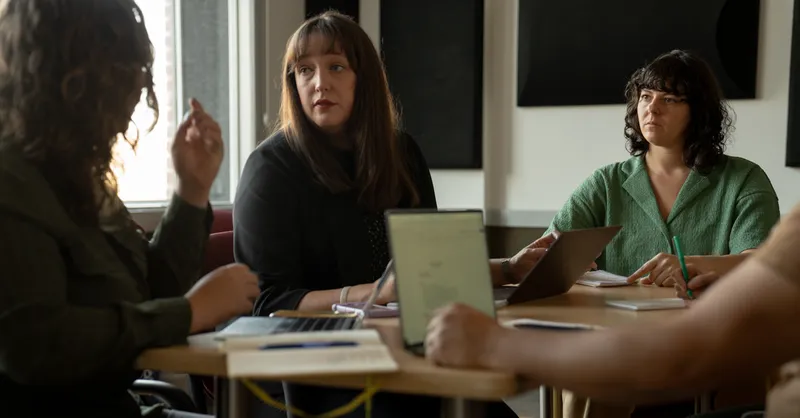Covering local news gaps
Based in Asheville, North Carolina, Blue Ridge Public Radio (BPR) plays a critical role in providing news coverage for their community, which spans 14 counties and 650,000 people. To ensure listeners are up-to-date on information that will impact their lives, BPR reports on important topics such as local government activity, health and climate issues, and the region’s rapid growth and development.
When Laura Hackett, reporter at BPR, first started researching a delayed supportive housing remodeling project, she thought the story would be pretty straightforward. After all, construction delays happen all the time. But as she and her colleagues started to dig in, they discovered it would be more complex to report than they anticipated, with far more sources and documents than there are hours in the day.
To quickly search through the large volume of public records, emails, and text messages, Hackett and her news director, Laura Lee, turned to Pinpoint, Google’s AI-powered tool to help journalists organize and analyze collections of documents. With Pinpoint, they were able to quickly unlock insights to build their story and hold the developers accountable.








